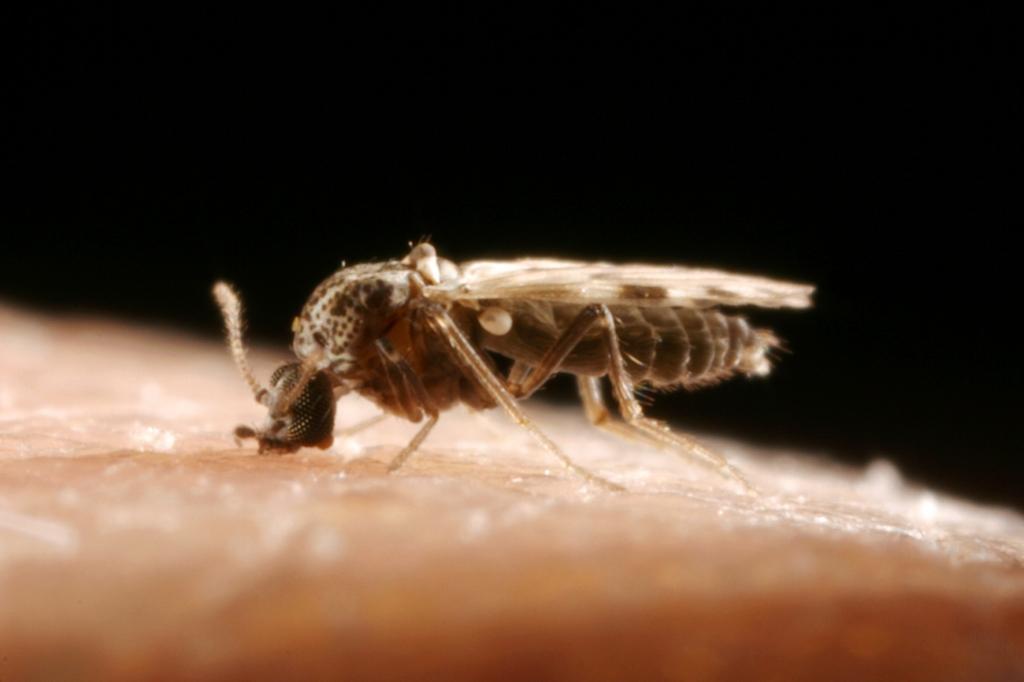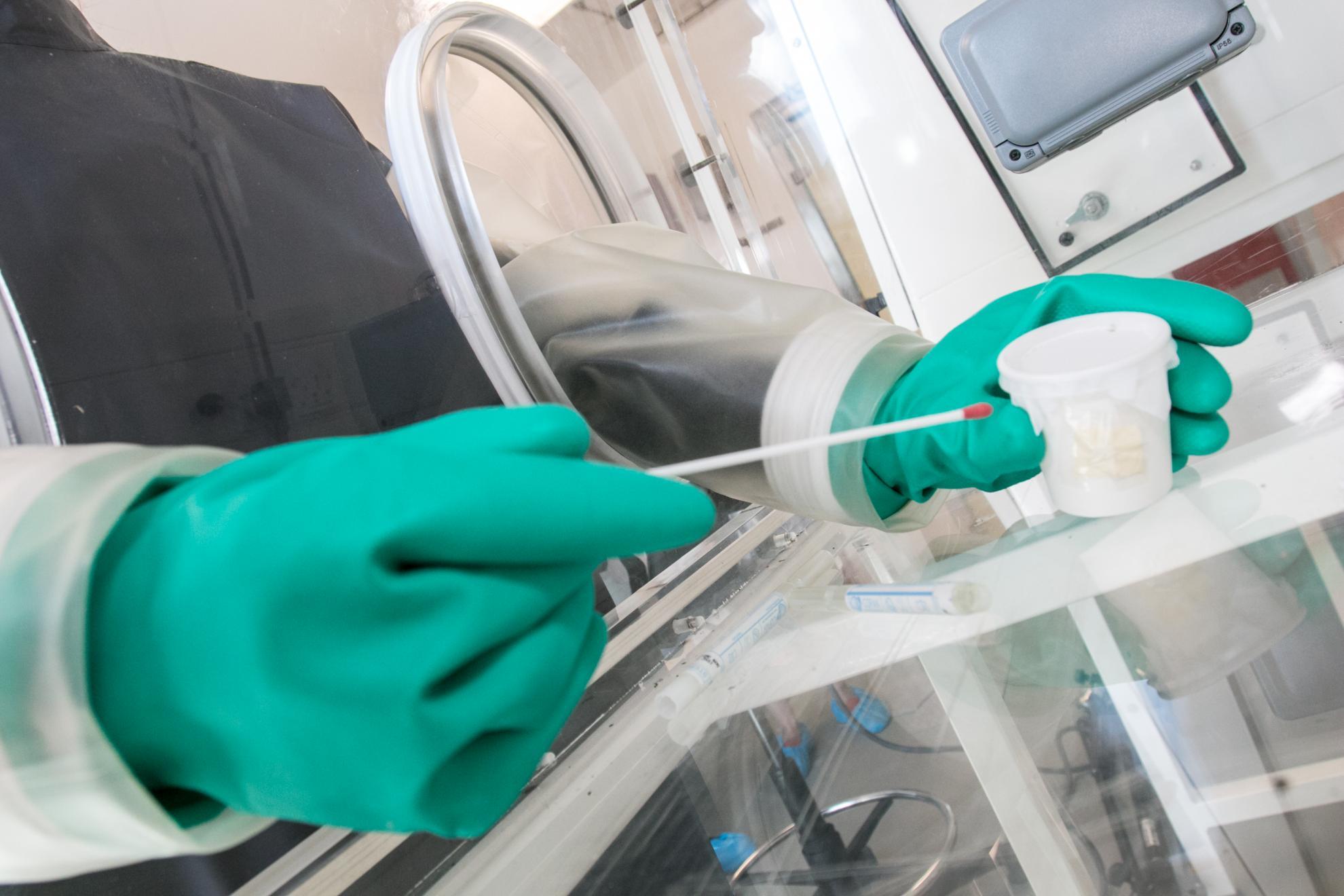A new study highlights significant gaps in our understanding of the transmission dynamics of epizootic haemorrhagic disease virus (EHDV) which primarily infects cattle and deer.
EHDV was detected in Europe for the first time in 2022, with outbreaks reported in Italy and Spain, and it has since spread to France.
The virus causes epizootic haemorrhagic disease, leading to lower productivity rates in infected livestock due to reduced milk production, weight loss, and lameness. In deer, however, it can be fatal.
EHDV is an arbovirus of the genus Orbivirus, which also includes bluetongue virus (BTV). Like BTV, EHDV is spread by Culicoides biting midges.
To date, limited attention has been given to quantifying the transmission of EHDV.
Published in Royal Society Open Science, the study by Transmission Biology Group Lead Dr Simon Gubbins developed a mathematical model to describe the spread of EHDV.
The study found that the virus’ potential to spread varies depending on factors such as strain and host species, with temperature strongly affecting transmission rates.
Dr Gubbins said "The findings suggest that EHDV could pose a threat to ruminants across much of Europe, particularly with changing climate conditions that may expand its range, but there are gaps in our knowledge which need to be addressed."
There is an urgent need for more data on EHDV in European livestock and deer species and on the role of midges in its transmission. At The Pirbright Institute, we are undertaking experiments to determine the potential for EHDV to spread and impact on livestock within the UK.
As home to the National Reference Laboratory for EHDV, The Pirbright Institute provides essential diagnostic, surveillance, and advisory services to the UK government, continuously maintaining and enhancing a suite of molecular and serological tests for detecting EHDV in infected ruminants.
Read the paper
Gubbins, G. (2024) Using the basic reproduction ratio to quantify transmission and identify data gaps for epizootic haemorrhagic disease virus. R. Soc. Open Sci.11241217 http://doi.org/10.1098/rsos.241217


